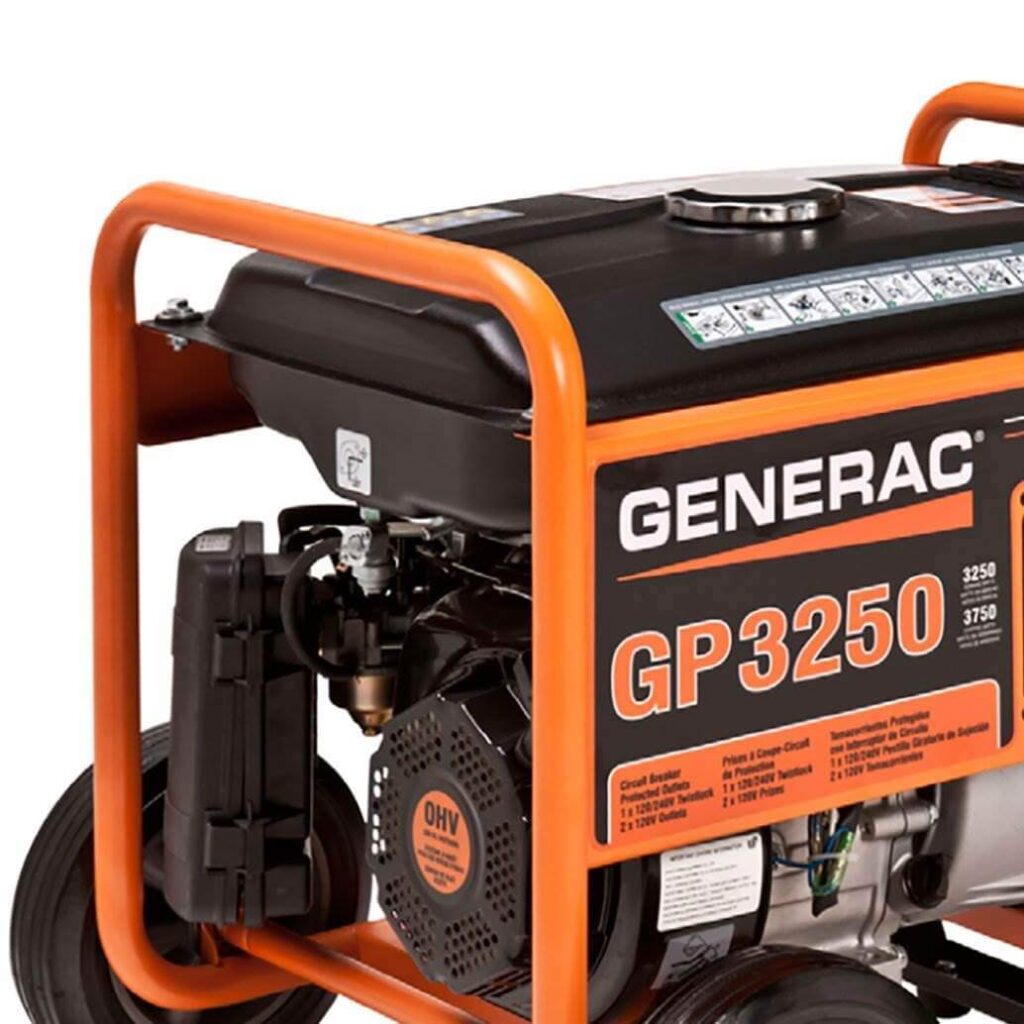As an Amazon Associate, we earn from qualifying purchases. This does not affect the price you pay or the quality of the products you buy. For more information, please read the full affiliate disclosure here.
A new linear generator technology developed by a company called InVerde could revolutionize the way local and distributed power generation is done. The linear generator is a device that uses natural gas or biogas with up to 30% hydrogen blend to produce electricity and heat. The technology is modular, scalable, and can operate in island mode or grid-connected mode, making it suitable for various applications and markets.
The linear generator is based on the principle of free-piston engines, which are engines that have pistons that move back and forth without any crankshaft or connecting rods. The pistons are driven by the combustion of fuel and air, and the motion of the pistons is converted into electricity by linear alternators attached to them. The linear generator also recovers the waste heat from the exhaust and the cooling system, and uses it for heating or cooling purposes.
The linear generator has several advantages over conventional generators, such as reciprocating engines or turbines. First, the linear generator has fewer moving parts, which reduces friction, wear, and maintenance costs. Second, the linear generator has higher efficiency, as it eliminates the mechanical losses associated with crankshafts and connecting rods, and utilizes the waste heat more effectively. Third, the linear generator has lower emissions, as it can operate with leaner fuel mixtures, lower compression ratios, and higher hydrogen blends. Fourth, the linear generator has greater flexibility, as it can modulate its power output and frequency according to the load and grid conditions, and switch between island mode and grid-connected mode seamlessly.
The linear generator technology was developed by InVerde, a company based in New York that specializes in clean and resilient power solutions. The company was founded in 2006 by a team of engineers and entrepreneurs who saw the potential of free-piston engines for power generation. The company has since received several patents and awards for its innovation and performance. The company has also partnered with various customers and stakeholders, such as utilities, microgrids, hospitals, data centers, and military bases, to demonstrate and deploy its technology.
The company’s flagship product is the InVerde e+ Linear Generator, which is a 125 kW module that can be combined with other modules to form larger systems. The InVerde e+ Linear Generator has a rated electrical efficiency of 38%, and a combined heat and power (CHP) efficiency of up to 90%. The InVerde e+ Linear Generator can operate with natural gas or biogas with up to 30% hydrogen blend, and can reduce CO2 emissions by up to 50% compared to conventional generators. The InVerde e+ Linear Generator can also provide black start capability, island mode operation, and grid support services, such as frequency regulation, voltage control, and demand response.
The InVerde e+ Linear Generator has been successfully installed and tested in several locations, such as the Brooklyn Army Terminal, the University of Rochester Medical Center, and the Fort Bragg Military Base. The company claims that its technology can provide up to 40% savings in energy costs, and up to 70% savings in maintenance costs, compared to conventional generators. The company also claims that its technology can improve the reliability and resilience of the power supply, especially in the face of extreme weather events, cyberattacks, or grid failures.
The InVerde e+ Linear Generator is one of the examples of how linear generator technology can transform local and distributed power generation. The technology can provide clean, efficient, and flexible power for various applications and markets, such as microgrids, CHP, backup power, and renewable integration. The technology can also contribute to the energy transition and decarbonization goals, by reducing the dependence on fossil fuels and increasing the use of hydrogen and biogas. The technology can also enhance the security and stability of the power system, by providing local and distributed power sources that can operate independently or in coordination with the grid.
Image Source: Tecogen
Share


